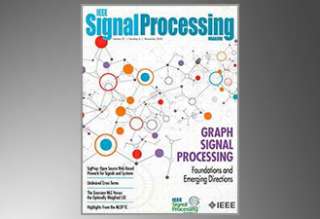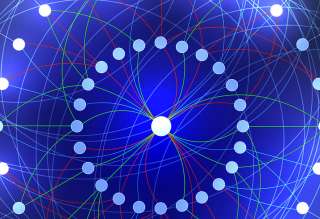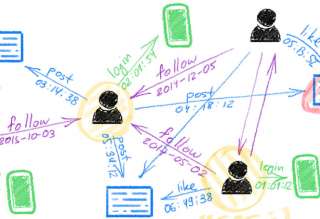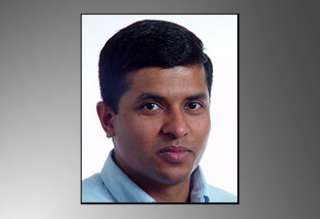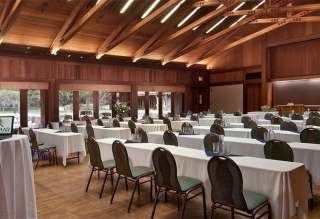SPS Feed
Top Reasons to Join SPS Today!
1. IEEE Signal Processing Magazine
2. Signal Processing Digital Library*
3. Inside Signal Processing Newsletter
4. SPS Resource Center
5. Career advancement & recognition
6. Discounts on conferences and publications
7. Professional networking
8. Communities for students, young professionals, and women
9. Volunteer opportunities
10. Coming soon! PDH/CEU credits
Click here to learn more.
The Latest News, Articles, and Events in Signal Processing
White Paper Due: December 5, 2020
Publication Date: January 2022
CFP Document
Date: November 19, 2020
Time: 10:00 AM EDT (New York Time)
Title: Hybrid Digital and Analog Beamforming
Design for Large-Scale Antenna Arrays
Registration | Full webinar details

Postdoctoral position in Mobile Sensing and Child Mental Health
Beckman Institute for Advanced Science & Technology
University of Illinois at Urbana-Champaign

Postdoc in Computer Engineering formally based at the Department of Electrical Engineering
https://liu.se/en/work-at-liu/vacancies?rmpage=job&rmjob=14602&rmlang=UK
September 27-30, 2021
Location: Note: Location changed to--Virtual Conference
July 5-9, 2021
Location: Shenzhen, China

Signal Processing and Algorithm Engineer
Are you a signal processing and algorithm engineer or data scientist with a broad skillset who loves to create, face difficult problems head on, and has a desire to always learn?
Job Overview
Submission Deadline: January 8, 2021
Call for Proposals Document
Deep learning on graphs, also known as Geometric deep learning (GDL) [1], Graph representation learning (GRL), or relational inductive biases, has recently become one of the hottest topics in machine learning. While early works on graph learning go back at least a decade [2], if not two [3], it is undoubtedly the past few years’ progress that has taken these methods from a niche into the spotlight of the Machine Learning (ML) community.

The Speech Technology Group of Toshiba Europe LTD in Cambridge has opening for an ASR researcher. We are looking for candidates with background in signal processing, machine learning, acoustic modelling or expertise in building state-of-the-art systems for ASR. The candidate should have a PhD in areas of speech technology related to automatic speech recognition, machine learning or a related field (Post-doctoral/industrial experience is beneficial).
Lecture Date: October 20, 2020
Chapter: Kharagpur
Chapter Chair: Sudipta Mukhopadhyay
Topics: Leveraging Old Tricks in A New World: Efficient
Generation of Labeled Data for Deep Learning
March 23-26, 2021
NOTE: Location changed to--Virtual Conference
November 1-4, 2020
Location: NOTE: Location changed to--Virtual Conference
October 12-16, 2020
Location: NOTE: Location changed to--Virtual Conference
We consider identification of linear dynamical systems comprising of high-dimensional signals, where the output noise components exhibit strong serial, and cross-sectional correlations. Although such settings occur in many modern applications, such dependency structure has not been fully incorporated in existing approaches in the literature.
Channel estimation is of paramount importance in most communication systems in order to optimize the data rate/energy consumption tradeoff. In modern systems, the possibly large number of transmit/receive antennas and subcarriers makes this task difficult. Designing pilot sequences of reasonable size yielding good performance is thus critical.
Pages
SPS Social Media
- IEEE SPS Facebook Page https://www.facebook.com/ieeeSPS
- IEEE SPS X Page https://x.com/IEEEsps
- IEEE SPS Instagram Page https://www.instagram.com/ieeesps/?hl=en
- IEEE SPS LinkedIn Page https://www.linkedin.com/company/ieeesps/
- IEEE SPS YouTube Channel https://www.youtube.com/ieeeSPS







